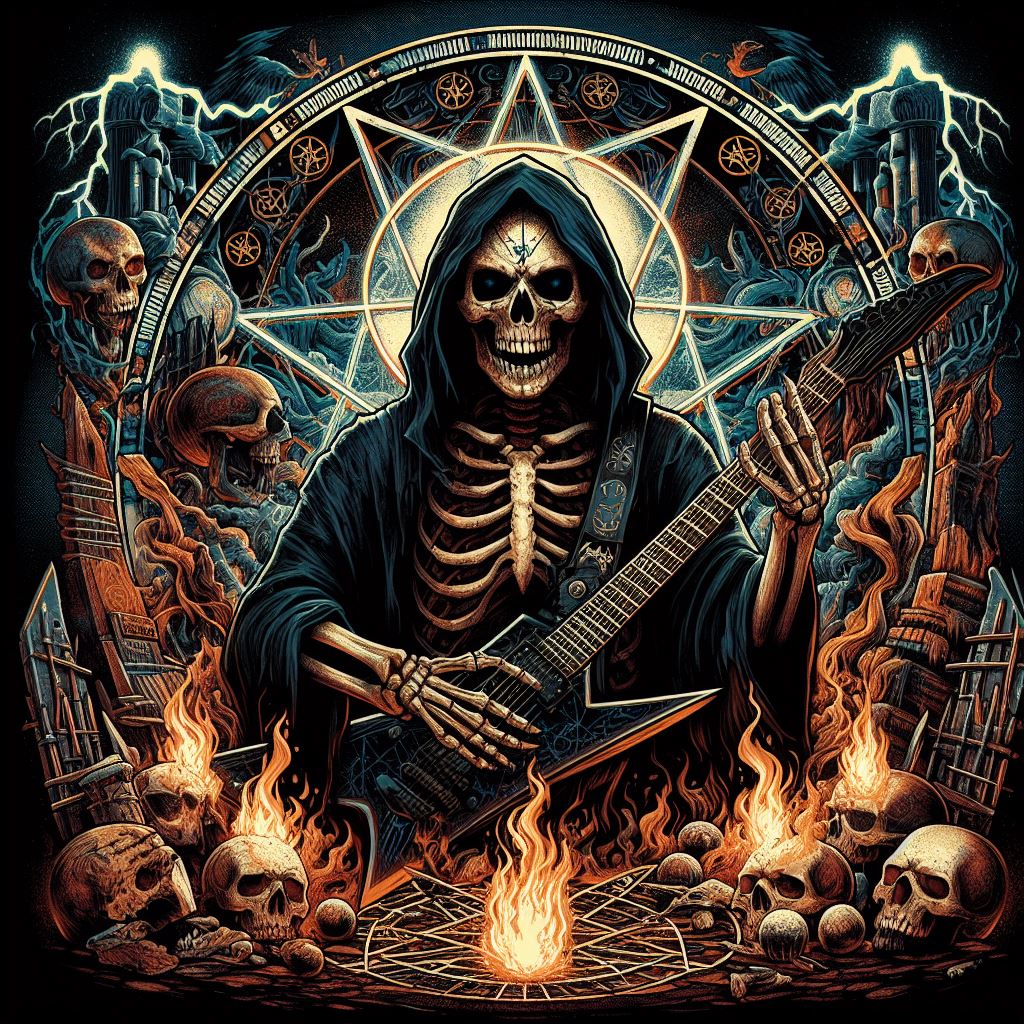The tale of The Shooting Star unfolds as Tintin, accompanied by Captain Haddock and a group of European scientists, embarks on a voyage to the Arctic Ocean. Their mission: to investigate a mysterious meteorite made of an unknown metal that has crashed in the icy waters. However, their expedition takes an unexpected turn when they discover another vessel racing towards the same enigmatic object, turning their quest into a high-stakes competition.
The digital edition of this gripping adventure can be experienced through “The Adventures of Tintin” app, available on both the App Store and Google Play. Fans can immerse themselves in the thrilling narrative and test their knowledge of the storyline through a series of engaging questions that delve into the intricacies of The Shooting Star.
Originally published in 1942, The Shooting Star marked a significant milestone in the Tintin series as the first album entirely produced in four-color process. This innovative format, comprising 62 pages of vivid illustrations, set a new standard for subsequent volumes in the collection. The storyline revolves around the race to recover the meteorite containing the mysterious metal, portraying a rivalry between European and American interests.
Renowned Tintin expert, Numa Sadoul, highlights the thematic depth of The Shooting Star, noting its portrayal of the intense competition between nations vying for scientific discovery. The album captures the essence of this struggle through a thrilling race to claim the meteorite, reflecting the geopolitical tensions of the era.
Furthermore, The Shooting Star introduces readers to the eccentric Professor Phostle, whose penchant for bull’s-eyes candies adds a touch of humor to the narrative. This quirky character exemplifies Hergé’s skill in infusing his stories with both scientific intrigue and lighthearted moments, creating a dynamic and engaging reading experience.
Auguste Piccard, the pioneering Swiss scientist, makes a cameo appearance in The Shooting Star, embodying the archetype of the brilliant inventor. Hergé’s attention to detail in character design and narrative development is evident in his depiction of Piccard, laying the foundation for future iconic characters like Professor Calculus.
One of the standout elements of The Shooting Star is Hergé’s masterful use of visual storytelling, particularly in scenes depicting the turbulent seas and surreal events that unfold during the expedition. The artist’s cinematic approach to illustration imbues the narrative with a sense of dynamism and depth, captivating readers with each frame.
As fans reminisce about their favorite moments from The Shooting Star, they fondly recall the humorous antics of Captain Haddock and his unwavering love for whisky, a recurring theme that adds a touch of levity to the high-stakes adventure. Hergé’s ability to blend comedy with drama showcases his versatility as a storyteller, endearing Tintin enthusiasts to the beloved characters.
Through its blend of scientific intrigue, geopolitical rivalry, and whimsical humor, The Shooting Star remains a shining example of Hergé’s storytelling prowess. As readers delve into this captivating tale, they are transported to a world where mystery and adventure converge, inviting them to embark on a thrilling journey alongside Tintin and his companions.
📰 Related Articles
- Star Stradbroke Handicap: Queensland’s Premier Racing Spectacle Unveiled
- NSW Government’s STAR Program: Affordable Five-Star Bike Helmets Unveiled
- Midnight Sun Marathon: Arctic Adventure of Endurance and Unity
- Midnight Sun Marathon in Tromsø: Arctic Adventure Awaits Runners
- Giant Squid’s Sword of the Sea: A Surfing Adventure Unveiled






